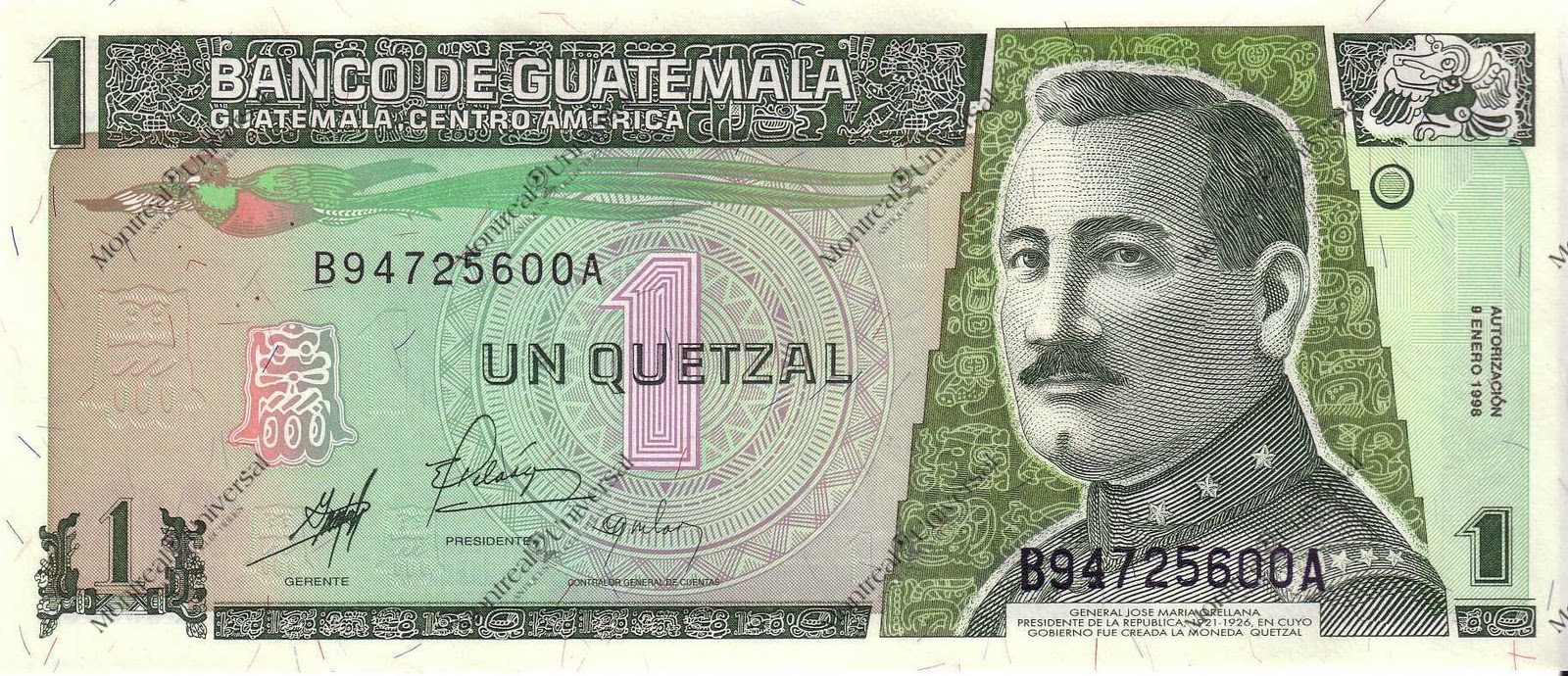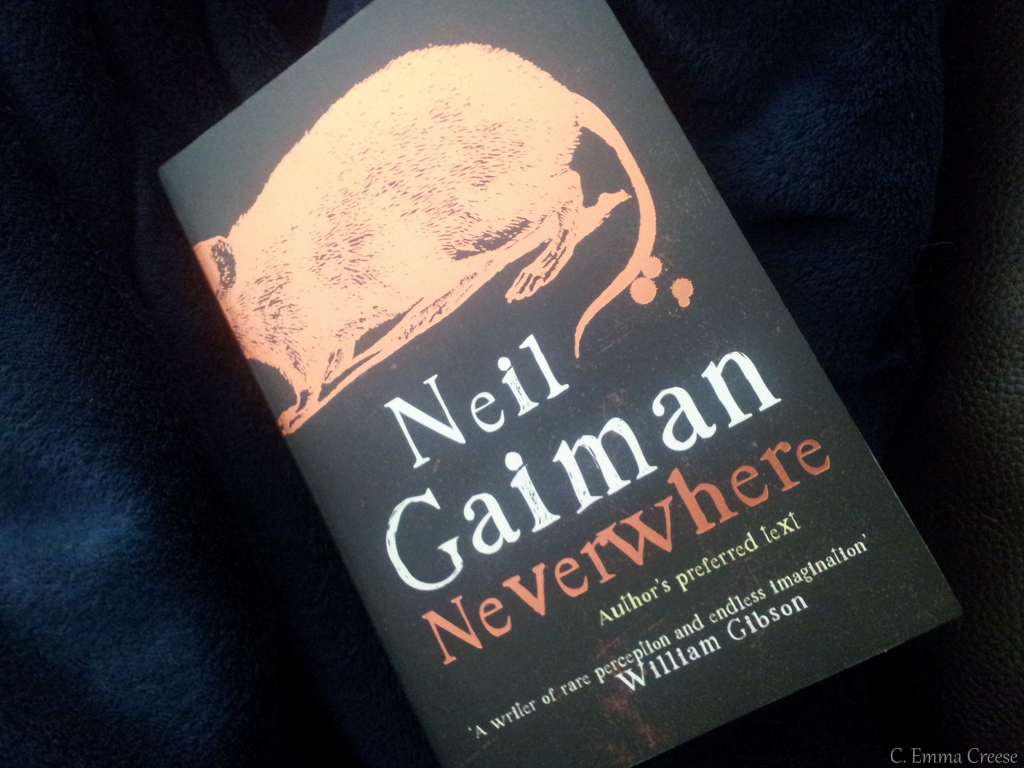(The Verge) – Imagine going away for 56 days and then coming back to your own country, your own neighborhood, your own bed. Yet, instead of craving one of mom’s home-cooked meals or streaming missed episodes of Breaking Bad, you can’t help but feel a sort of sensory overload, disoriented by the fast-paced lives and activities that you used to see everyday. Your mind keeps wandering back to just a few days ago, when you were in a small village in a completely different country with a dialect you had to learn upon arrival. You shared a mat on the floor with someone else to sleep; not the most pleasant arrangement if one of you gets sick. You basically lived off of bananas. It takes a minute for you to adjust and remember that for you, it was just eight weeks of your life, but for the village residents, it is their entire life. This is how Chris, Zach, Ryan and Sean felt when they returned to the United States after traveling to Pena Blanca, Guatemala…
While studying at Claremont McKenna College, Chris and Zach were astounded by a statistic – over 1.1 billion people worldwide are living on $1 a day. Coming from this reality where we spend over $1 every morning just to get our first cup of coffee, they could not understand how people living in extreme poverty managed to survive. This need for a better understanding led them to Pena Blanca, a center of rural poverty where seven out of ten people live under the poverty line. Roughly 300 people inhabit Pena Blanca, most of Mayan descent, speaking a dialect known as Kaqchikel. And if it wasn’t hard enough to live on $1 a day, Chris and Zach decided to break their $56 total in to numbers zero through nine. Each day, they would pick a number out of a hat to determine how much they would earn that day. With this system, they were able to experience the unpredictable incomes that were common to many informally employed day laborers and farmers. They brought along two friends, Ryan and Sean, to film the experience, which they would title Living On One and eventually share with dozens of universities across the nation, including Monmouth University.
To start off, the four men took a $125 micro-finance loan through Grameen to buy a house and a small field where they would work to grow radishes. Grameen provides financial support for those living in poverty, so with this loan, the four men would have to pay back $6.25 every fifteen days. Trying to budget that amount and still have enough money for food was tough. On the fifth day, they bought rice and beans to eat, but it only amounted to 900 calories per person. At one point, they lived on 12 cents per person for four days straight.

As Chris said in the film, “We were living on the edge of always being able to drop in to a bad situation.”
It wasn’t until later that they were taught sustainable tricks, like how to use lard to make their meals a bit bulkier, or how to make a fire to re-fry their beans in lard.
One morning, they were invited to attend school with the local children. It costs $25 to send children to school, so 40% of students must drop out because their families need them to work instead. They became close with one boy in particular named Chino. Chino was 12 years old and lived with eight people in a one room house with no electricity. When they asked him what he wants to be when he grows up if he could choose anything in the world, he answered that he will be a farmer. Unlike what we’re use to, these children have accepted their fate of holding jobs simply in order to survive. What Chino really would have liked to do was play professional soccer, but his current situation left him without much hope. Like many other people in this village, Chino’s character was not holding him back, as he was eager to learn and have aspirations, but his current situation kept him from that possibility.
Another village member named Rosa had a similar dilemma; however, Rosa was 20 years old and already supporting eight people living on $1.25 each per day. She had dreams of becoming a nurse; however, she too was pulled out of school in sixth grade. Years later, she still had the desire to study and eventually took a $200 loan to buy thread so that she could start her own weaving business. With the profits, she saved up to attend school. Other women in the village took out loans to start their own businesses as well. For $120, one could open a store or sell firewood. For $300, one could sell onions or fix roofs. The goal was simple – make $2 per day. Two dollars could buy us very few things in the United States, but for the people of Pena Blanca, $2 doubled their livelihood and was their only way to help the next generation take a small step out of poverty. But the sad thing is, not everyone can afford to pay back their micro-finance loan and additional struggles to survive can appear without warning.
For example, Chino’s mother became very sick while Chris and Zach were staying in the village. Chino’s father could not afford to take her to the doctor, let alone buy her medicine. Fortunately, their community is so tight-knit that they were able to seek help from Rosa’s husband, Anthony. Anthony was the only one in the village to hold a formal job and had created a savings club where a group of men all saved $12 per month, and then one man received all of the money for that month until each man had gotten paid. But what if Chino’s father did not have Anthony as a back-up system? Was it really possible to survive off of $1 per day? That is the question that Chris and Zach grappled with the most.
Fortunately, Chris and Zach were able to realize a partial solution to that question. The answer lied in micro-financing. They had used the program themselves and saw how it improved other people’s lives in the village. Rosa is now a year and a half away from graduating with a Bachelor’s degree in Nursing.
The power of partial solutions is a key component to helping others progress out of poverty. After all, the film conveys that poverty is not about the statistics, it is about the dreams that are being kept at bay – the dreams that deserve hope, which we can provide.
So how exactly can you help? Share Chris, Zach, Sean and Ryan’s journey. They built everlasting relationships on their trip and have been buying weavings from Rosa to put on Serengetee shirts, which are available for purchase. Also, since returning from Guatemala, they have been working with Whole Planet Foundation to fund micro-finance programs around the world. The Living On One film does not release until the end of October; however, free episodes of The Change Series are currently airing on their website. The Change Series focuses in on specific problems and partial solutions, driving home key points that the men experienced in Guatemala and ultimately fighting for those who are living on one.




